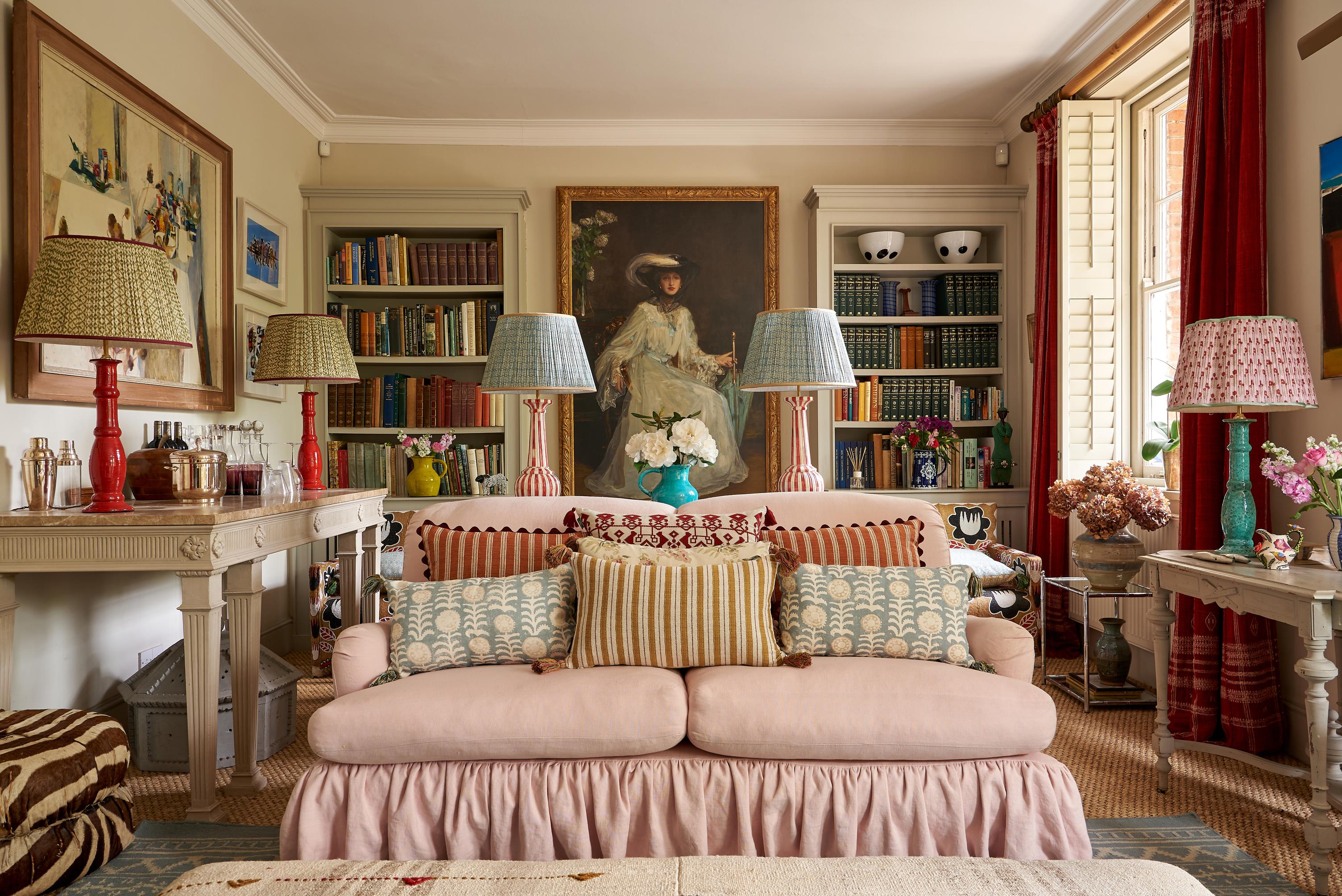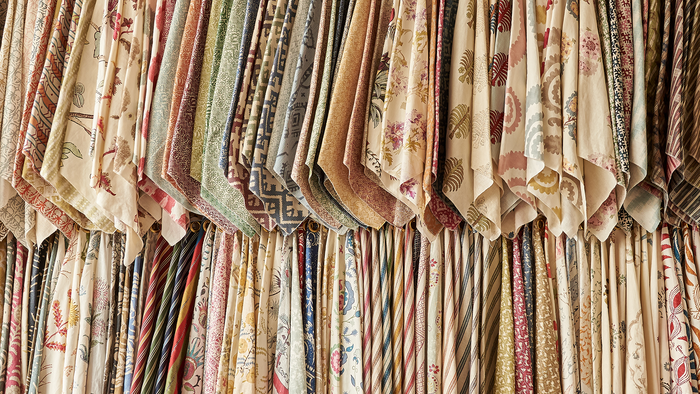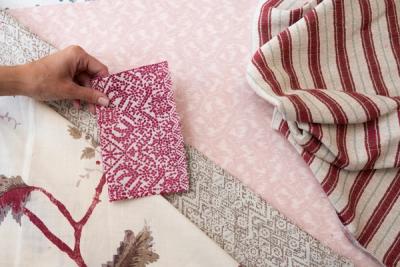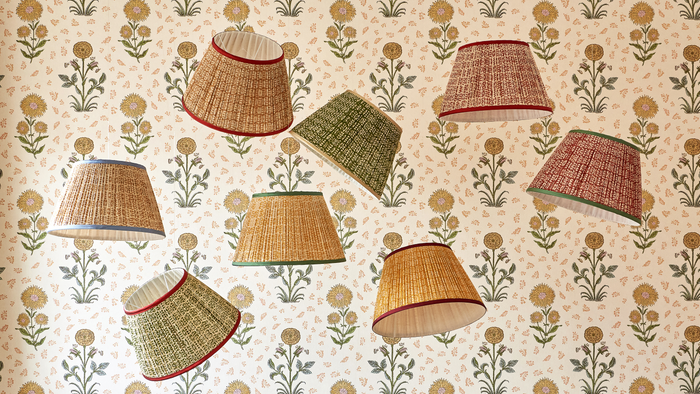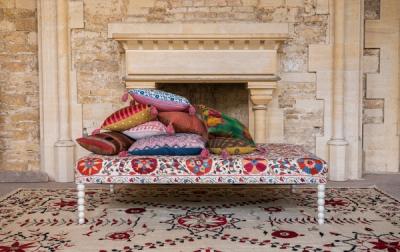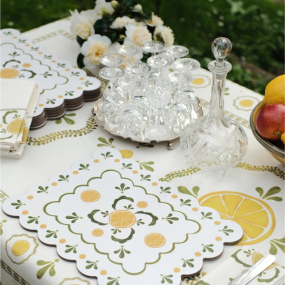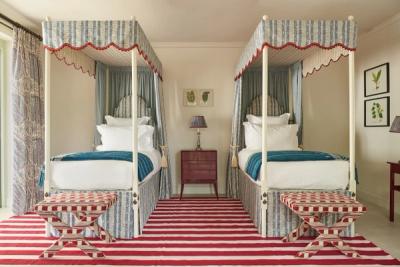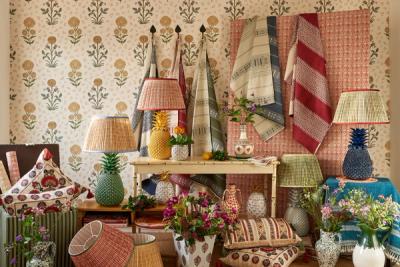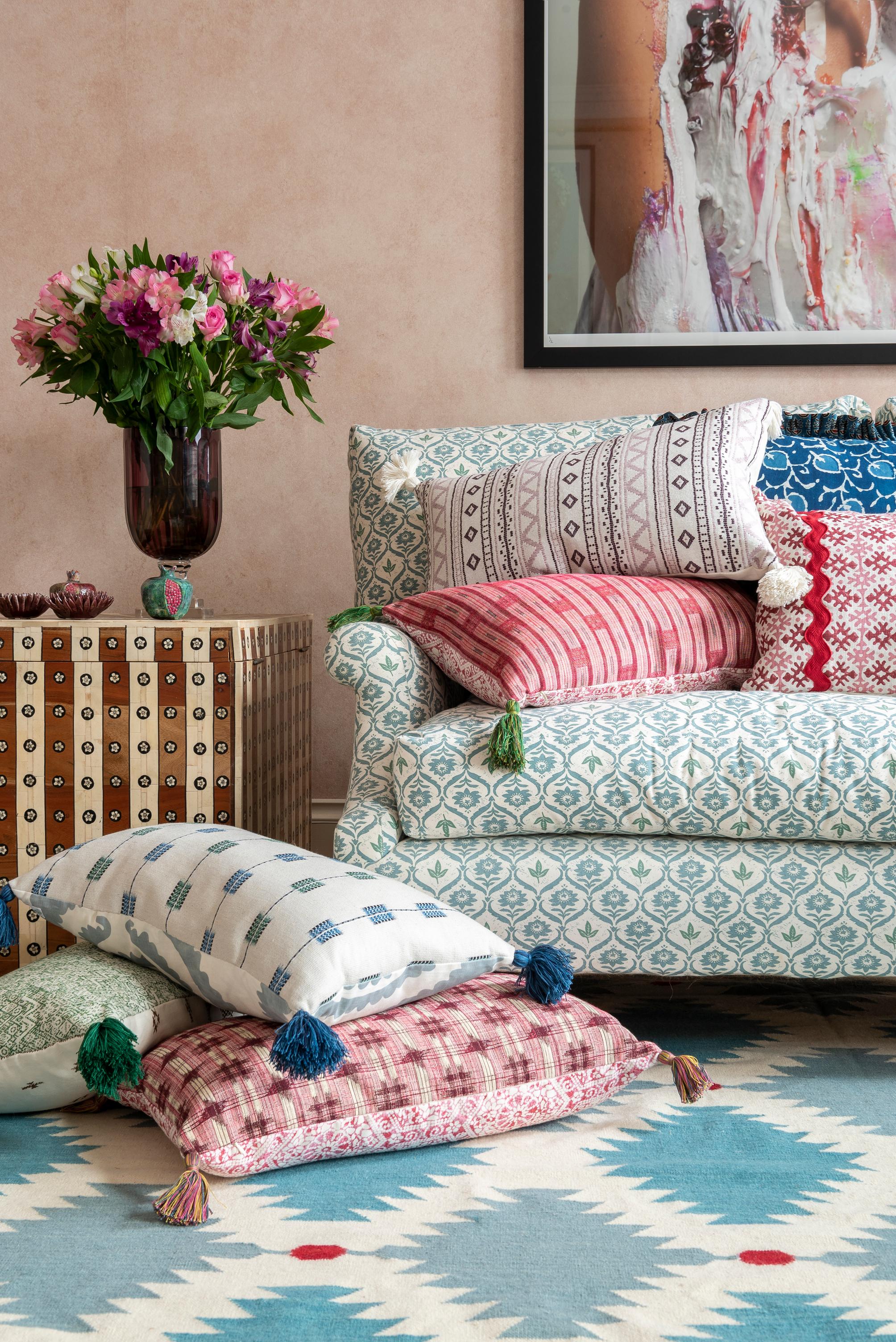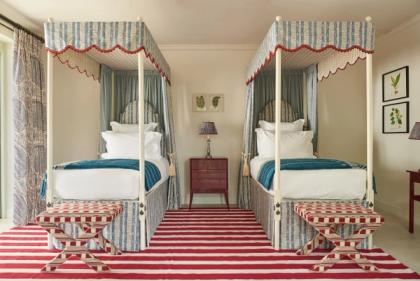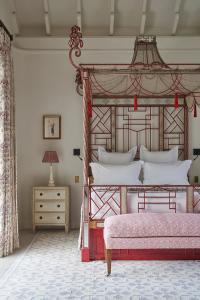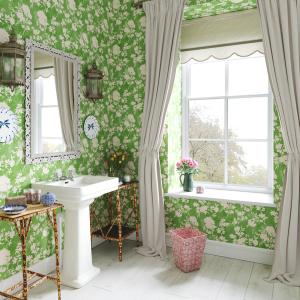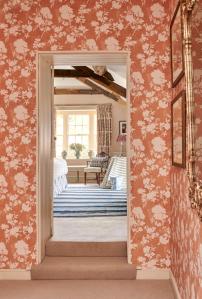Decoration
5 Tips for Layering Patterns, from the Walls to the Floors
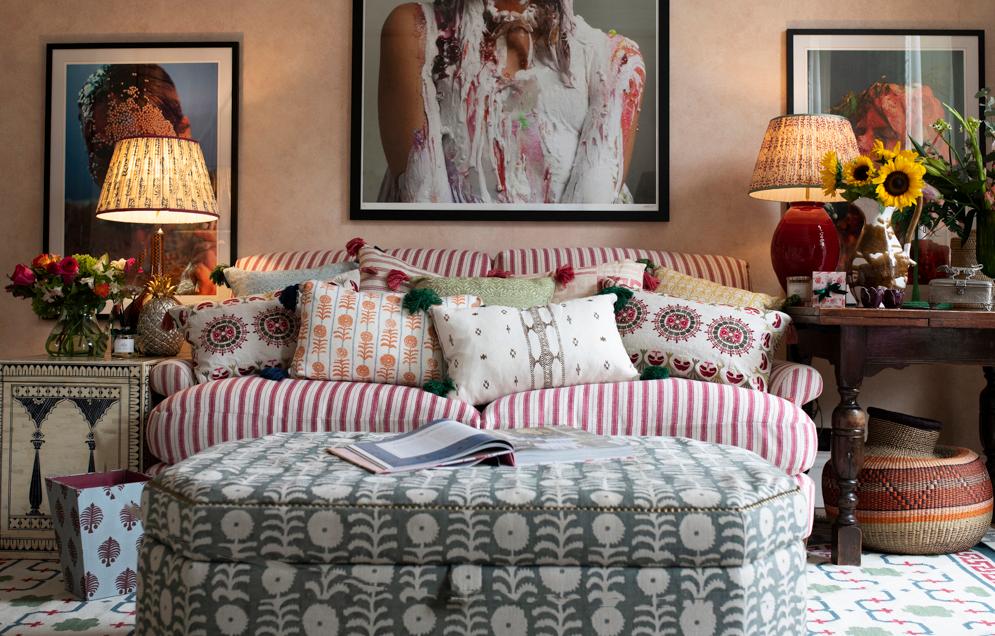
5 Tips for Layering Patterns, from the Walls to the Floors
The most welcoming and luxurious looking rooms have been designed with depth and dimension in mind – with the intention of using décor, wallpaper, paint, and textile to create something that feels full and lived-in, rather than straying too close to the ‘show room effect’. We want our spaces to look like they are enjoyed, loved, cared-for and loved, but without putting practicality over artistry.
There are plenty of ‘tricks of the trade’ that interior designers use, and one of the most effective is intentionally layering your prints and colours. This is the antithesis to working around a purely neutral palette – or, alternatively, to working around a single statement pattern.
Mixing your patterns and colours may seem like it’s breaking some sort of guideline in the interior designers’ code, but we promise it will pay off…
1. Blend simplicity with complexity in (more or less) equal measure
Simple patterns – basic stripes, or anything that emphasises negative space, or basic shapes and easy repetition – pair incredibly well with more complex, bolder, or busier patterns. You can still find space for more than one busy, bold pattern, but that variation is key. This is why geometrics and florals tend to pair so well together, and why mixing wallpaper prints is easier than you might think.
In other words, use your simpler patterns to ‘break up’ the mix of busier prints, and to introduce more negative space without relying too heavily on blocks of solid colour. This way, you’ll still achieve the busy, layered look, but avoid the space from feeling as though every print is competing with the one next to it.
2. Aim toward balance
One of the things that proves most daunting about introducing a big, bold pattern into a room is the fear that it will be overwhelming – that the entire room will seem to centre on it, and that you will tie yourself into a pretty restrictive theme and colour scheme.
The key is to remove some of the focus from any pattern that is used in relatively large quantities – say, in a large pair of curtains – by introducing more variety in smatterings throughout the room. You’ll want to establish some sort of balance between one print and the rest, so introduce a good handful of alternatives patterns and colours.
Speaking of which…
3. Sometimes, it’s about varying colour rather than print
‘If you like it, buy it in another colour’ may be a firm favourite throughout the fashion crowd, but, as a piece of advice, it proves just as sound in the realm of interior design.
We’re not suggesting that you make one pattern the basis for an entire room’s worth of soft furnishings, curtains, and wallpaper, but that, as you introduce more and more patterns into the décor, don’t feel like you need to be too prescriptive about only using a pattern once.
Using the same pattern in another colourway adds a sense of balance to a room, without making it feel as though any one pattern is supposed to be the ‘central print’ of the space. Also, take a look at our guide to matching your paint colour to your wallpaper.
4. Don’t turn against solid blocks of colour
When you give yourself free rein to explore pattern to your heart’s content, it can be hard to know when to stop.
There’s no limit, and different rooms and styles will lend themselves to different ways of exploring and integrating patterns into the décor, but it never hurts to ‘break up’ the flow with some solid colours.
This is for the same reason why interspersing busier patterns with quieter patterns can prove so effective. Block colours here and there will make each pattern stand out a little more, and it doesn’t need to be a big undertaking – just a few sofa cushions or throws here and there will help to add a softer layer between those bolder ones.
5. Make use of samples
It can be incredibly tricky to predict exactly which prints and which colours will pair like wine and cheese, and which ones will look – put simply – completely wrong alongside one another. What looks one way in your head can sometimes look another in person, and what seems like a non-starter can represent one of those miraculous little accidents in reality.
When layering patterns is the name of the game, the key is to use your wallpaper samples effectively – and, of course, to order samples even if you’re not necessarily convinced by or ‘in love with’ the print at this stage. Keep mixing and switching around until you hit upon something that catches your eye – and, most importantly, believe the samples when they show you that something is just not right with your original choice.
More from Decoration
